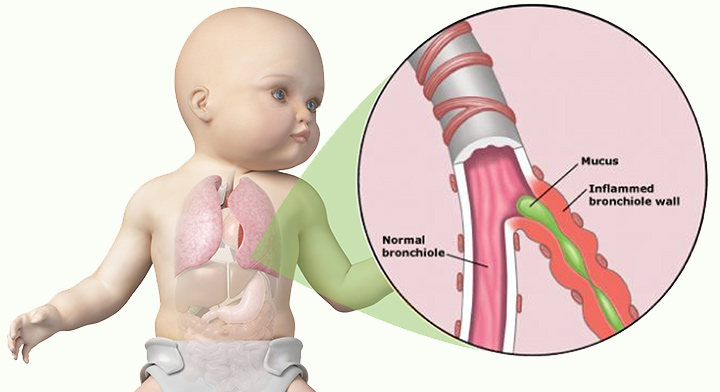Skin cancer is the most common among all the forms of cancers human beings sufffer. It causes number of deaths every year across the world. Skin cancer occurs due to the abnormal growth of skin cells. Normally, it develops around the areas that are exposed to light but sometimes abnormal cells can form in other places as well.
When these abnormal cells multiply around any part of the body, they form a mass called tumor. This tumor is often referred to as skin lesions. According to medical practitioners at AMRI Hospital, the best hospital for dermatology in Eastern India, this tumor can travel to various remote organs via bloodstream.
Skin cancers are of three types, which include BCCs (basal cell carcinoma), SCCs (squamous cell carcinoma) and melanoma. Melanoma is a very rare type of skin cancer, which often does not spread to other parts of the body. All types of cancers are mainly caused by the Ultra violet light exposure. Other causes include use of tanning booths, immunosuppression, contact with chemicals, etc.
Symptoms of skin cancer include:
· In case of BCC, small blood vessels may be visible within the tumor
· A central depression with crusting bleeding may develop
· A sore that does not heal may be due to BCC
· In case of SCC, a well-defined, red and thick patch is often formed on parts exposed to the sun
· Like BCC, SCC may also ulcerate and bleed. SCC can also develop into a large mass.
On the other hand, malignant melanomas are easy to identify. The shape, color and elevation is quite different from a usual sore part of the body. It is black, tan, brown, blue, red, or white in color.
When to see a doctor?
People who are exposed to extensive sunlight should get a body checkup from time to time. To avoid skin cancer, it is important to look for moles and spots to initiate early treatment, if needed. If the size, shape and color of the area is matching with the possible BCCs, SCCs or malignant melanomas, one must go for a check-up as soon as possible, suggest dermatologists at AMRI Hospital Kolkata.
Treatment for Skin Cancer
In case of BCCs and SCCs, a surgical removal of lesion is adequate. Malignant melanoma may require several treatments like surgery, radiation, therapy and chemotherapy.
All in all, skin cancer is a very dangerous disease, which is often ignored by most people. If one has an adequate knowledge about skin cancer, it is possible to avoid the same from turning into a deadly disease.








